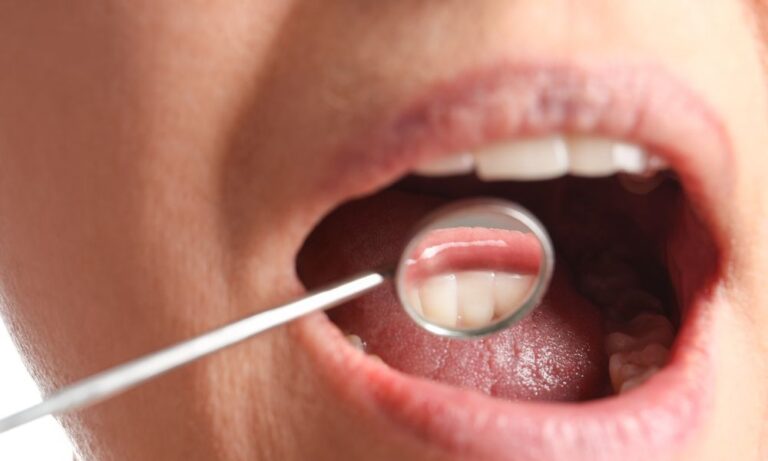Proper brushing and flossing are essential parts of a good oral hygiene routine. These practices help remove plaque, food particles, and bacteria, keeping our teeth and gums healthy. However, just doing them isn’t enough; doing them correctly makes all the difference.
Many of us might think we know how to brush and floss, but small mistakes can lead to bigger dental problems over time. Using the right techniques ensures that our efforts are effective in preventing cavities, gum disease, and bad breath.
We can ensure our teeth and gums stay healthy by avoiding common mistakes in our brushing and flossing routines. Let’s explore these practices in detail to enhance our daily oral hygiene!
Choosing the Right Toothbrush and Toothpaste
Selecting the right toothbrush and toothpaste is crucial for effective oral hygiene. For toothbrushes, soft-bristled ones are generally recommended because they are gentle on the gums and prevent enamel wear.
The size of the toothbrush head also matters; it should be small enough to reach all areas of your mouth comfortably. Powered toothbrushes can be more effective at reducing plaque and gingivitis, but manual toothbrushes can work well, too, if used correctly.
When it comes to toothpaste, fluoride is a key ingredient to look for. Fluoride strengthens tooth enamel and helps fight cavities. There are also toothpaste options for different needs, such as those formulated for sensitive teeth, whitening, or tartar control.
If you have specific dental issues, it’s a good idea to choose a toothpaste designed for those concerns. Reading the labels and consulting with a dental professional can help you make the best choice for your oral health needs.
Proper Brushing Techniques for Effective Cleaning
Brushing your teeth correctly ensures that you remove plaque and food particles effectively. Start by holding your toothbrush at a 45-degree angle to your gums. This angle allows the bristles to clean under the gum line.
Use gentle, circular motions rather than harsh back-and-forth strokes. Brushing too hard can damage your gums and enamel. Aim to brush for at least two minutes, twice a day, to ensure all areas of your mouth are thoroughly cleaned.
Divide your mouth into four sections and spend about 30 seconds on each section. Make sure to brush each tooth’s outer and inner surfaces and chewing surfaces. Don’t forget to brush your tongue to remove bacteria and keep your breath fresh.
Using an egg timer or a toothbrush with a built-in timer can help you brush for the full two minutes. Proper brushing techniques make a significant difference in maintaining healthy teeth and gums, preventing cavities, and reducing gum disease risk.
The Best Ways to Floss for Healthier Gums
Flossing is essential for removing plaque and food particles that get stuck between teeth, where a toothbrush can’t reach. To floss effectively, start with about 18 inches of dental floss. Wind most of it around each middle finger, leaving an inch or two to work with. Hold the floss tightly between your thumbs and forefingers and gently slide it between your teeth using a back-and-forth motion.
Once the floss reaches the gum line, curve it into a C shape against one tooth and slide it under the gum line. Move the floss up and down the side of the tooth, making sure to get below the gum line. Repeat this process for each tooth, using a clean section of floss each time.
If traditional flossing is challenging, consider using floss picks, interdental brushes, or a water flosser to make the task easier. Daily flossing removes plaque and helps prevent gum disease, keeping your gums healthy.
Common Mistakes to Avoid When Brushing and Flossing
Many of us make mistakes when brushing and flossing, which can reduce their effectiveness. Brushing too hard is a common error that can cause gum recession and enamel wear. Using a toothbrush with the wrong bristle type, like medium or hard bristles, can also damage your gums. Always use a toothbrush with soft bristles to avoid harm.
Another mistake is not spending enough time brushing. It’s important to brush for at least two minutes each time to ensure all surfaces of your teeth are cleaned properly. Skipping flossing or not flossing correctly is another common error.
Flossing should be done daily, and it’s crucial to get below the gum line to remove all plaque. By avoiding these common mistakes, you can improve your brushing and flossing routine, leading to better oral health.
Master Your Oral Hygiene
Maintaining good oral hygiene through proper brushing and flossing techniques is crucial for healthy teeth and gums. Choosing the right toothbrush and toothpaste tailored to your needs sets the foundation for effective cleaning.
Using proper brushing techniques ensures that you thoroughly clean each part of your mouth without causing damage. Flossing correctly and daily helps remove plaque and food particles from hard-to-reach areas, preventing gum disease.
Being mindful of common mistakes and avoiding them can enhance your oral care routine, leading to better results. It’s important to stay informed and dedicated to these practices for optimal dental health.
If you have any concerns or need guidance, consider professional advice. For personalized dental care in Northglenn, CO, schedule an appointment with Colorado Gum Care Northglenn, CO. Our team is here to help you achieve and maintain the best oral health possible.







